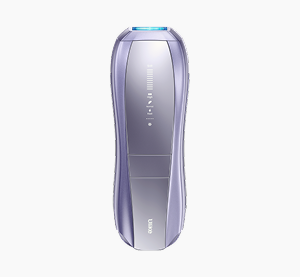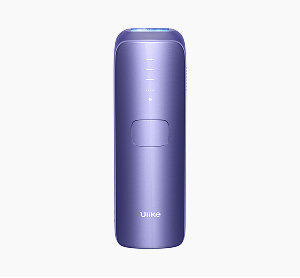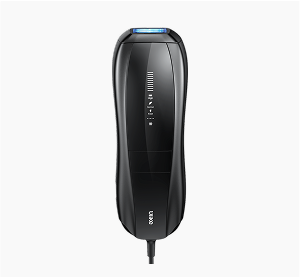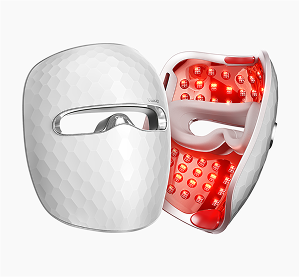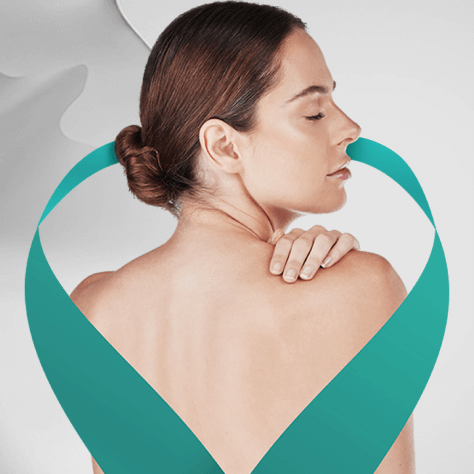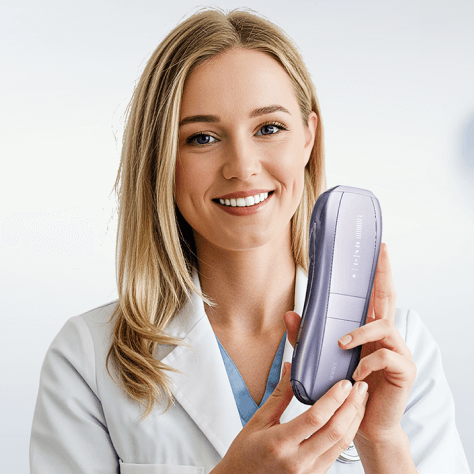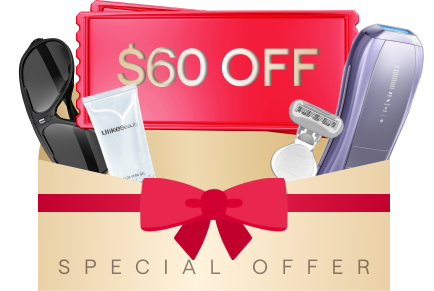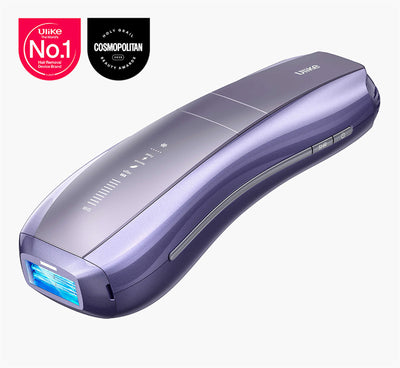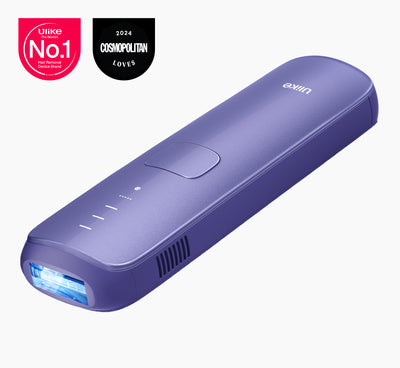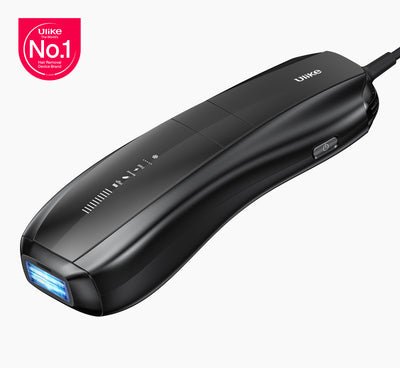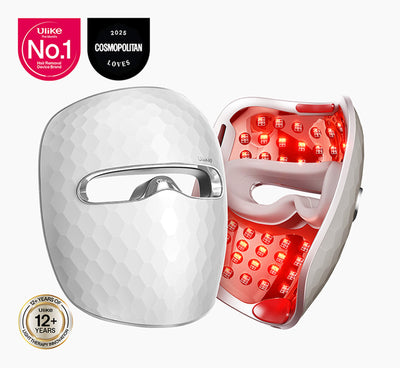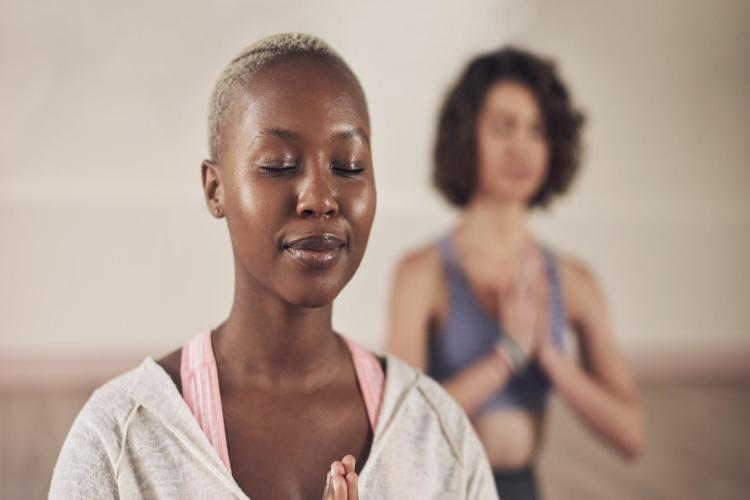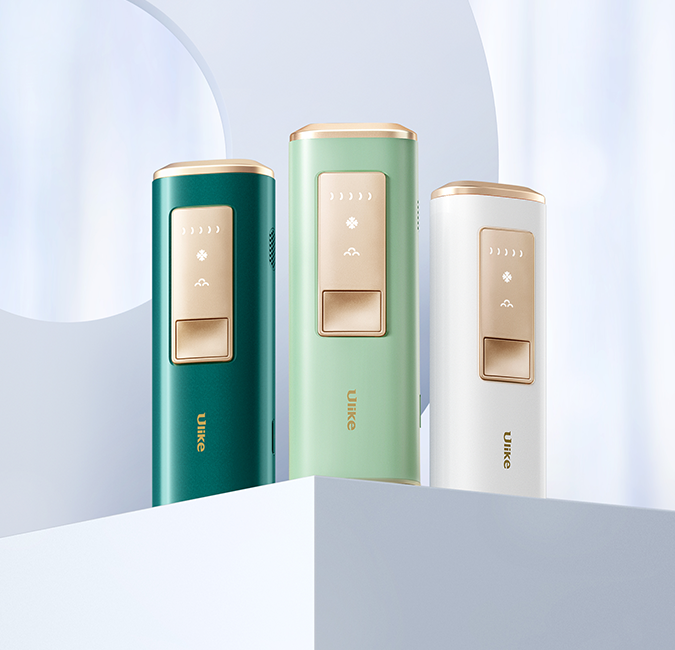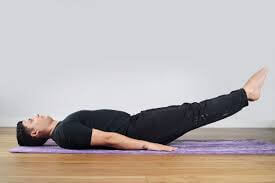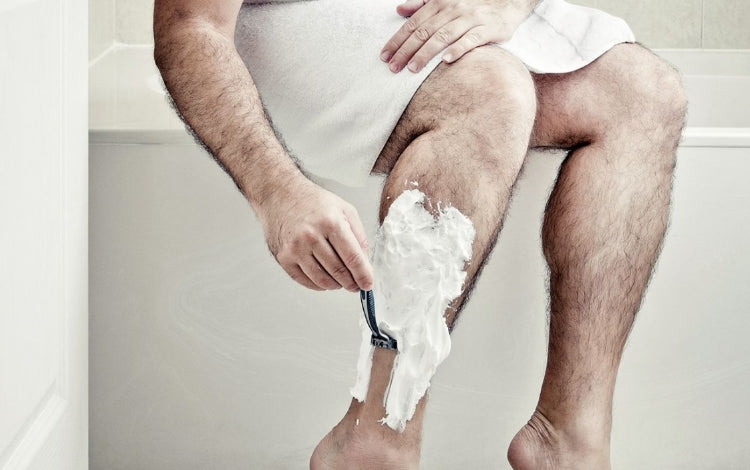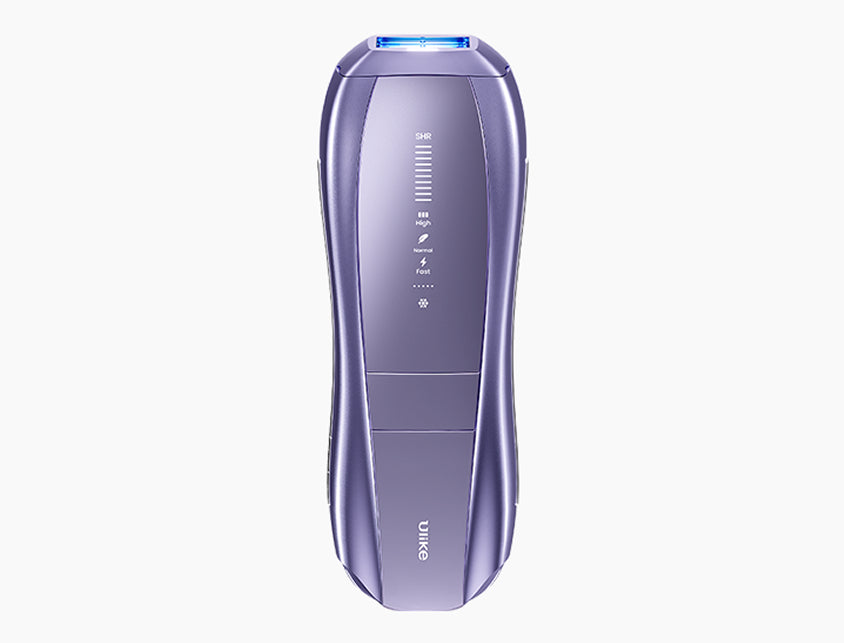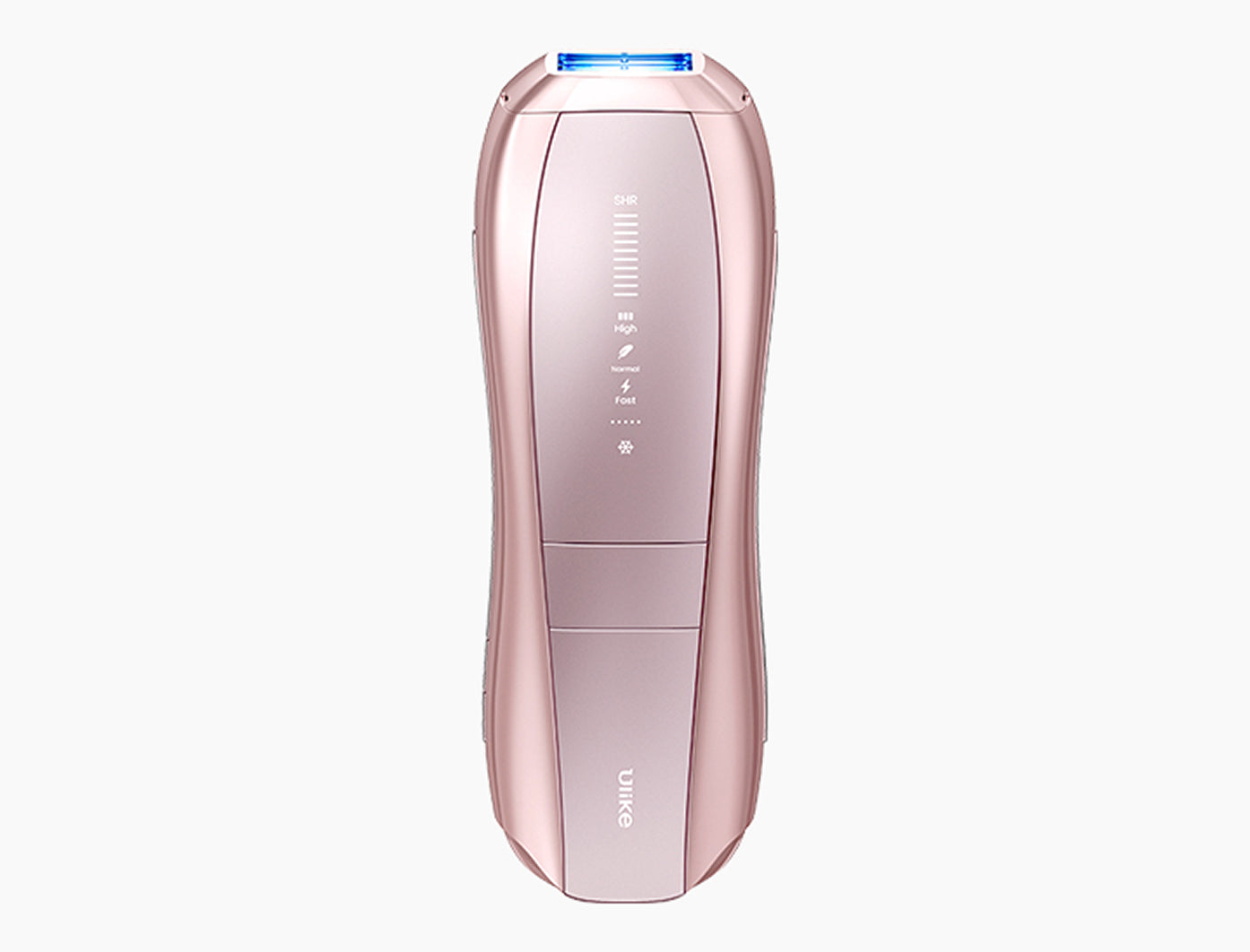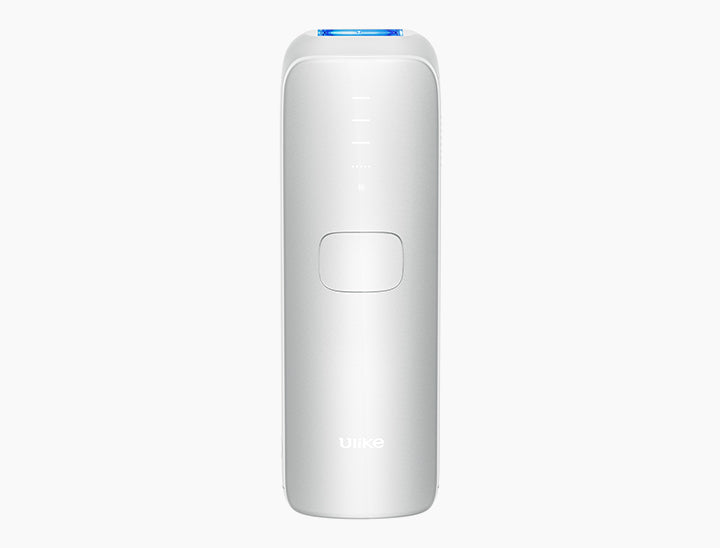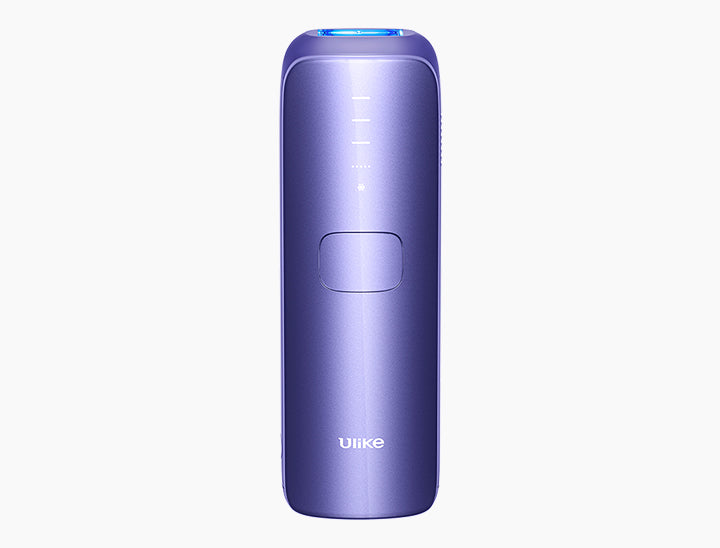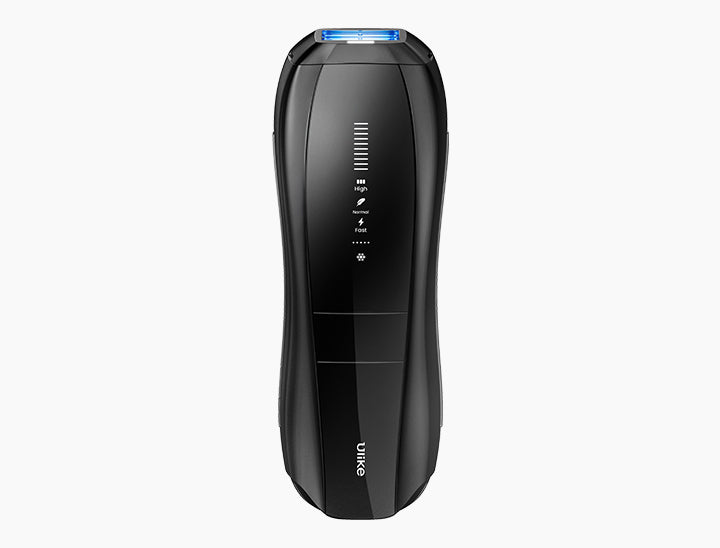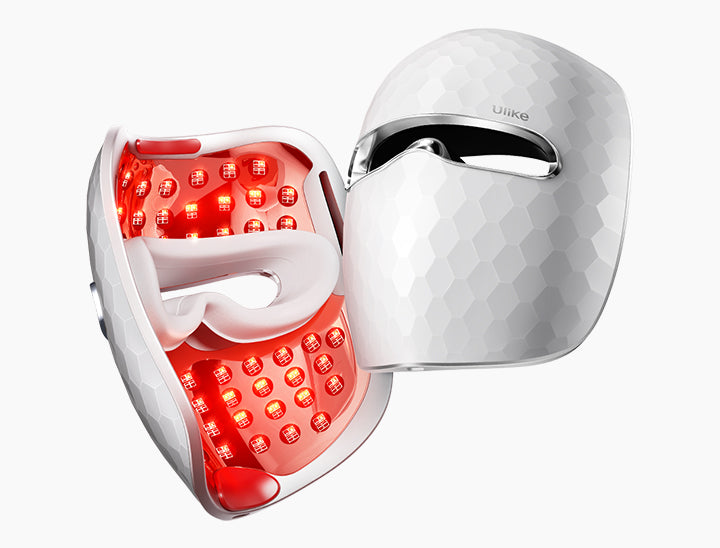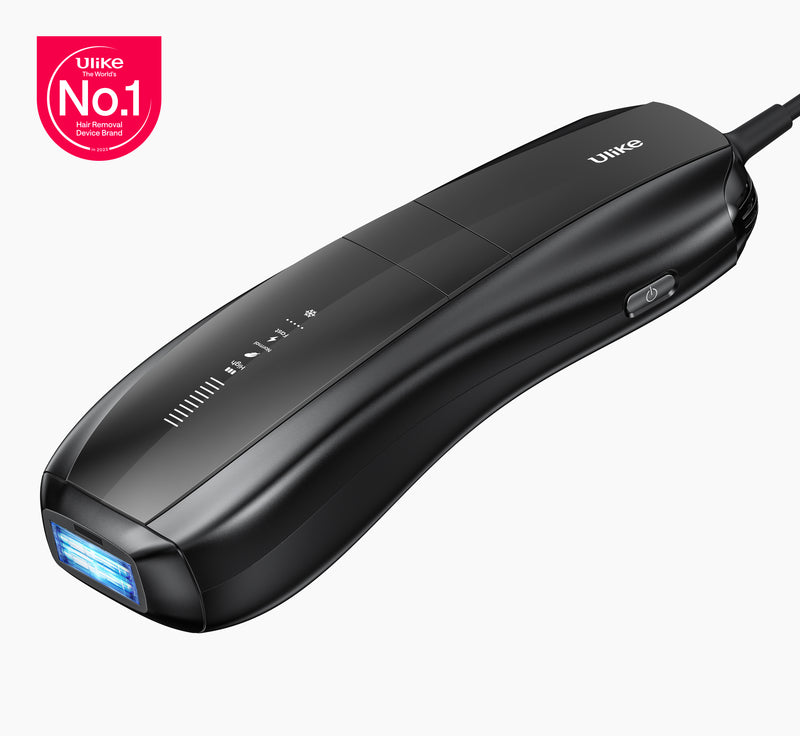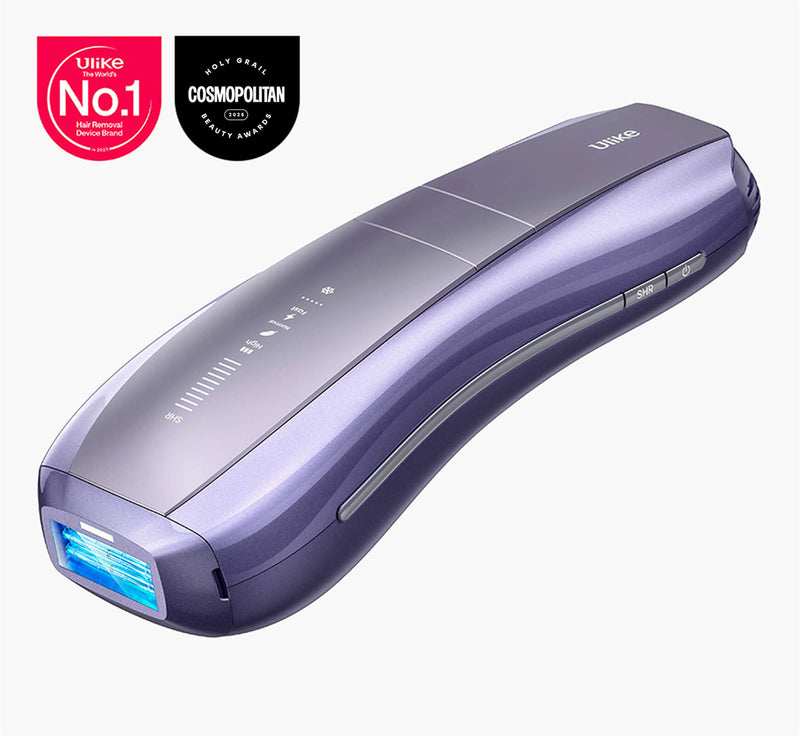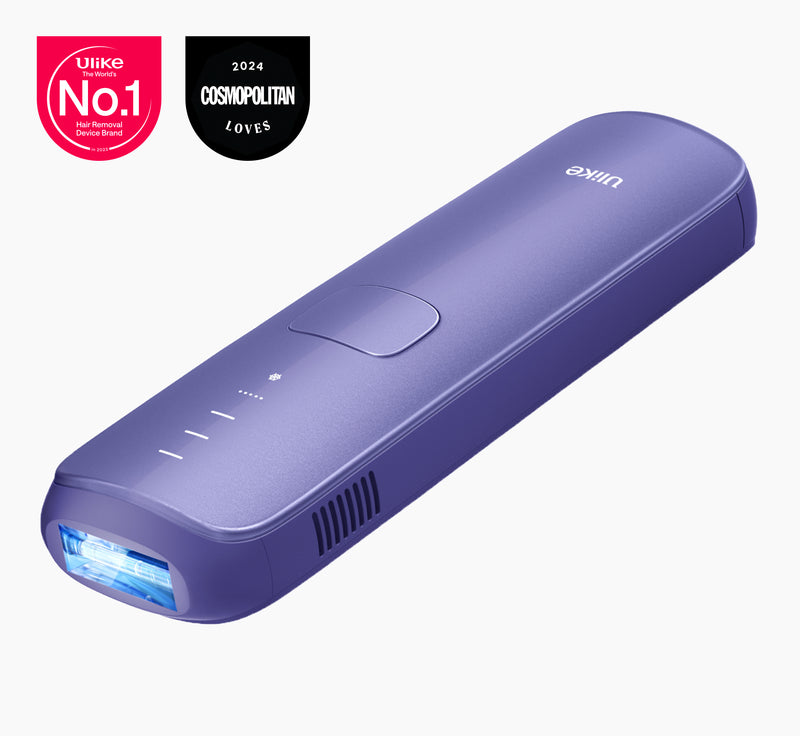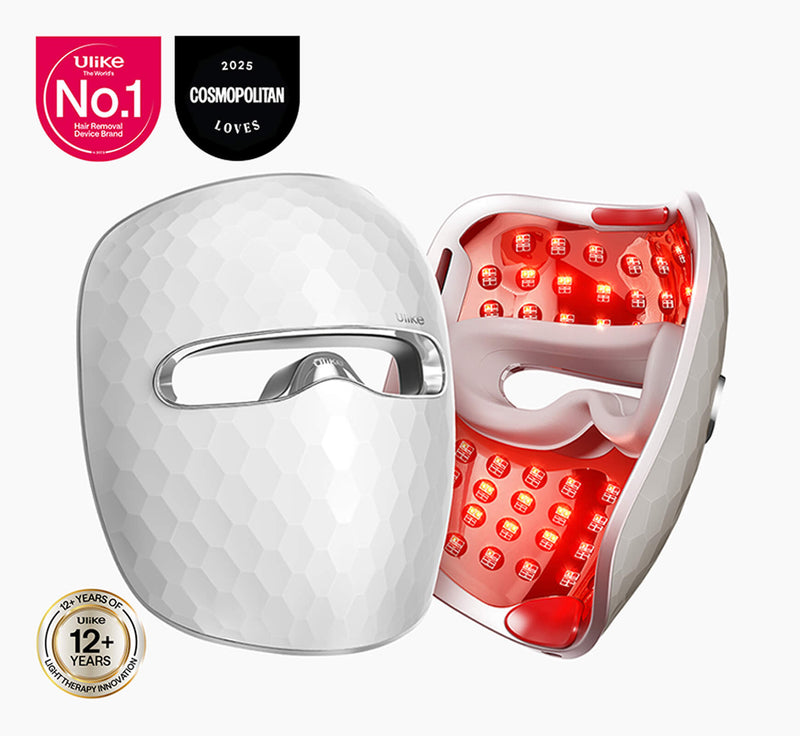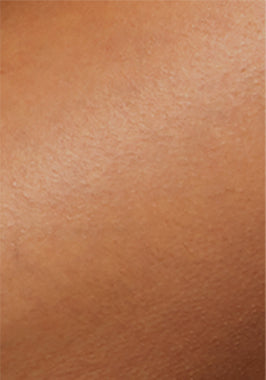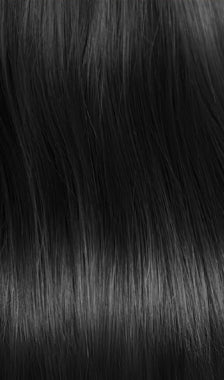We all love to look young and fresh, right? One of the minimally invasive ways to get rid of those worrisome smile lines, irritating forehead wrinkles, and crow’s feet is Botox. Botox has become as common as getting your unwanted hair removed.
However, exercise enthusiasts might have to think twice before booking their Botox treatment as it might not be compatible with the workout. So, do you wonder if you have to completely give up on all types of exercises after your treatment or can you do a little workout safely?
If yes, let us know if you can work out after Botox and how long you have to wait if you cannot. Also, give 50 Tips and Tricks on How to Look More Feminine a read.
Table of Contents:
- Part 1: Can You Workout After Botox?
- Part 2: When Can You Workout After Botox?
- Part 3: What Should You Not Do After Botox?
Part 1: Can You Workout After Botox?

While exercise can make you look younger, this will be the opposite if you exercise after Botox.
Exercising after Botox can potentially disrupt the intended effects of the treatment, leading to complications.
After receiving Botox, it's important to understand that **exercising immediately** may lead to unwanted effects, contrasting with the benefits of regular exercise.
It is recommended to wait at least 24 hours post-treatment before resuming any strenuous exercise.
Speaking in the simplest words, you cannot work after Botox. It reduces the effectiveness of the treatment and makes your freshly treated wrinkles and fine lines get worse. Also, improve your diet with Best Anti-Aging Foods for Skin: What Eat to Look Younger.
While you might be able to do little exercise like walking, yoga, swimming, and pilates that does not make you sweat or increase your heart rate, you must not try anything that comes under that category of moderate to high-impact workouts.
These include running, jogging, weight lifting, cycling, planks, squats, and HIT workouts. The reasons to avoid these exercises are given as,
These exercises may increase circulation, which can lead to the displacement of Botox, affecting its results.
These exercises can increase your heart rate and blood flow, which may **displace the Botox** from its intended location, potentially undermining the treatment's effectiveness.
Asymmetrical Distribution of the Injection:
The function of the botox is to relax your facial muscles in a way that wrinkles and other signs of aging are reduced. People often get botox at a particular site. If you exercise, it will make you sweat and increase the sweat on the face.
Touching the face to wipe sweat along with increased blood flow leads to movement of the Botox injection from the treatment site to another site resulting in asymmetrical distribution. As a result, your facial features might look bad.
This **asymmetrical distribution** can lead to uneven results, which is why it is advised to avoid activities that may cause excessive movement of the treated areas.
Bumps and Swelling
Bumps and swelling are normal after-affects of any facial botox treatment. They last for some hours to a few days and heal on their own.
An intense workout can increase the grade of swelling and bumps along with prolonging the healing duration. Therefore, you must not work out after getting Botox.
Intense workouts can exacerbate swelling and prolong recovery, so it's crucial to refrain from exercising after Botox treatments.
Bruises
Although Botox is minimally invasive, it still involves injections. Keeping the temperature of your surroundings low and avoiding exercise helps in a quick recovery of the injection site.
Maintaining a cool environment and avoiding physical activity can significantly enhance the recovery process, minimizing discomfort at the injection site.
A cool environment can help reduce swelling and discomfort, facilitating a smoother recovery after the injections.
However, if you work out, increased blood flow to the site can result in bruises. The color of bruises changes from bright red to purple and blue making you look like you have been hit.
Bruising can be a common side effect of Botox, and it's important to be aware that increased activity may worsen this issue.
Understanding bruising after Botox is essential, as being mindful of your activity levels can help manage and reduce the likelihood of developing noticeable bruises.
Discomfort
While botox sessions themselves might be a little uncomfortable, you feel better immediately after you are done with the treatment. But a workout adds to the discomfort at the injection sites and may even make it painful.
Post-treatment discomfort can be managed by avoiding strenuous activities, allowing the body to heal without added strain on the injection sites.
Part 2: When Can You Workout After Botox?

You must avoid every type of workout for 4 hours after the Botox. This includes light, moderate, or intense workouts. After 4 hours, you are allowed to do a little yoga, swimming, and walk.
Starting with gentle activities like yoga or walking after the initial 4 hours can help maintain your routine while allowing time for the treatment to settle.
In addition, you must avoid intense workouts for at least 24 to 48 hours after Botox. Avoiding exercise for 24 hours is enough in most cases. However, you might have to wait for another 24 hours if you have some underlying health condition.
Also, let us clarify that we are talking about the physical workout here, not the facial exercises. Facial exercises are encouraged after Botox as long as they are not too intense because they help in the absorption of the Botox neurotoxin into the skin.
Thus, try raising eyebrows, smiling, squeezing your eyes, frowning, and making different facial expressions after your treatment.
Let us now understand the fact that the intensity of treatment, the condition of the skin, environmental factors, and even genetics are variable among people. Therefore, you might suffer from some side effects even with little to no workout.
Individual responses to Botox can vary, making it essential to listen to your body and take precautions based on your specific situation.
Different individuals may experience varying reactions to Botox, making it important to monitor your own body's response and adjust activities accordingly.
Under such circumstances, always contact your doctor, talk about your condition, visit him to let him examine you, and follow his advice so that you stay in the safe zone after your treatment.
Consulting your doctor is vital for personalized advice regarding your recovery and any unusual symptoms you may experience.
Some indications to visit the doctor after botox treatment include,
Monitoring your recovery after Botox is crucial. Recognizing these signs can help ensure your treatment goes smoothly and that any potential issues are addressed promptly.
- unbearable discomfort on the injection sites
- worsening of the injection marks leading to bruising
- Redness and inflammation
- pain
- difficulty in moving the muscles
- difficulty in eating
- Reduced visual field or blurring of vision
- Drooping of eyelids
- Blistering of the treatment area
- Increasingly asymmetrical appearance
Unbearable discomfort at the injection sites can indicate a reaction that needs attention. If you experience significant pain, it is advisable to consult your doctor.
Worsening of injection marks leading to bruising may signal complications. Keeping an eye on these marks can help in identifying any unusual reactions.
Redness and inflammation are common after Botox, but if they persist or worsen, it's important to seek medical advice. This can help ensure your recovery is on track.
Pain in the treated areas can vary, but if it becomes intense, contacting your healthcare provider is recommended to rule out any issues.
Difficulty in moving the muscles can occur after treatment. If this continues or affects your daily activities, consider reaching out to your doctor for guidance.
Difficulty in eating can be concerning after Botox, especially if it persists. It's essential to monitor this and consult your physician if it does not improve.
Reduced visual field or blurring of vision can be alarming. If you experience these symptoms, seek immediate medical attention to ensure your safety.
Drooping of eyelids is a potential side effect of Botox. If this occurs, it is important to discuss it with your healthcare provider to understand the next steps.
After Botox, some individuals may experience an asymmetrical appearance, which can be common due to the initial effects of the treatment. It is essential to monitor this and consult your practitioner if concerns persist.
Part 3: What Should You Not Do After Botox?

In general, you should not eat unhealthily, drink alcohol, lie down, bend your face, rub the skin, apply makeup, apply any skincare products, remove your facial hair, or take a hot shower for a few hours after getting Botox.
Moreover, we will talk about exercises and activities that you should not and should do after Botox.
Understanding the activities to avoid can help ensure the best results from your Botox treatment. Following these guidelines is crucial for recovery and effectiveness.
By avoiding specific activities, you can **support your healing process** and enhance the overall effectiveness of the treatment.
The Exercises and Activities to Avoid
Here are some exercises that you must avoid for 24 hours after your Botox treatment.
- Weight Lifting: Weightlifting is an intense exercise that requires physical effort and involves almost every muscle in your body. Therefore, you should avoid it.
- Hot Yoga: While yoga is suitable, hot yoga is not recommended after Botox treatment as it can make the skin sweat and give you the urge to rub your face clean.
- Cardio: Everything that increases your heart rate is also the thing you should avoid after Botox. It can be running, rowing, cycling, jumping ropes, and more.
- HIIT: High-intensity workout increases the heart rate, blood flow, and sweating. Thus, it is also not compatible with Botox aftercare.
- Dancing: Dancing might look harmless. But it is also a form of HIIT and should not be done for up to a day.
- Swimming: This one is a little confusing. While swimming itself can be done after Botox, you should avoid it if you wear the whole swimming gear and do competitive swimming.
**Weightlifting** may strain the treated areas, potentially impacting the results of your Botox treatment.
Weight lifting can place significant strain on your body, which may interfere with the healing process after Botox. It's advisable to allow your body time to rest.
Hot yoga can lead to excessive sweating, which might tempt you to rub your face and disrupt the Botox treatment. It's best to stick with cooler environments for exercise.
Engaging in cardio activities can elevate your heart rate, potentially affecting the distribution of Botox in your body. It's important to prioritize your post-treatment recovery.
HIIT workouts can cause increased sweating and heart rate, which may not be ideal for maintaining the results of your Botox treatment. Consider gentler exercises during the recovery phase.
It's important to note that high-intensity interval training (HIIT) can put stress on your body, potentially affecting the results of your Botox treatment.
While swimming can be a low-impact activity, wearing full swimming gear can lead to increased pressure and movement that may not be ideal for your recovery after Botox.
Understanding your activity level is key; even casual swimming can become problematic when combined with competitive efforts, which may strain facial muscles.
The Alternative Options
If you have never taken a day off from your gym, 24 hours might feel like 24 years. So, here are some exercises that you can try to pass some time. These are healthy and do not affect Botox results adversely.
- Pilates and Yoga: Pilates and Yoga are both low-impact exercises that neither make you sweat nor increase your heart rate. Thus, you can do both.
- Facial Exercises: From changing facial expressions to facial yoga, you can do it any time. Such exercises are recommended after Botox as they enhance the effects of Botox.
- Walk: We all should walk 10000 feet every day. So, Botox might tell you that walking is also an exercise.
- Gardening: Gardening is a calming activity to do after getting Botox. Just ensure that your face does not come in contact with the mud and you do not bend it either.
These exercises promote flexibility and relaxation, making them ideal for after your Botox treatment.
Engaging in facial exercises can help maintain muscle tone and improve the overall effectiveness of the treatment.
These exercises may enhance your results by promoting circulation and muscle engagement without exerting excessive pressure on the treated areas.
Walking is a great way to stay active while allowing your body to heal; aim for a comfortable pace that suits your energy level.
While enjoying gardening, be mindful of your posture to avoid any undue strain on your facial area during recovery.
Additionally, maintaining a steady posture can help ensure that you recover smoothly without any complications.
Conclusion
While Botox might be great for getting rid of wrinkles, fine lines, crow’s feet, and other signs of aging, you must follow the after-care tips of Botox. One of the most important aftercare tips is avoiding workouts for at least 24 hours after Botox.
Although intense physical workout is not allowed for a day, you can still do facial exercises, walking, gardening, yoga, and swimming.
This balance of activities ensures you remain active without compromising the healing process after your treatment.
Maintaining this balance is crucial for getting the most out of your Botox treatment while minimizing any potential risks.

